Description
GE Fanuc / Abaco VMIVME-7750 – 6U VMEbus Single Board Computer for Reliable Control System Upgrades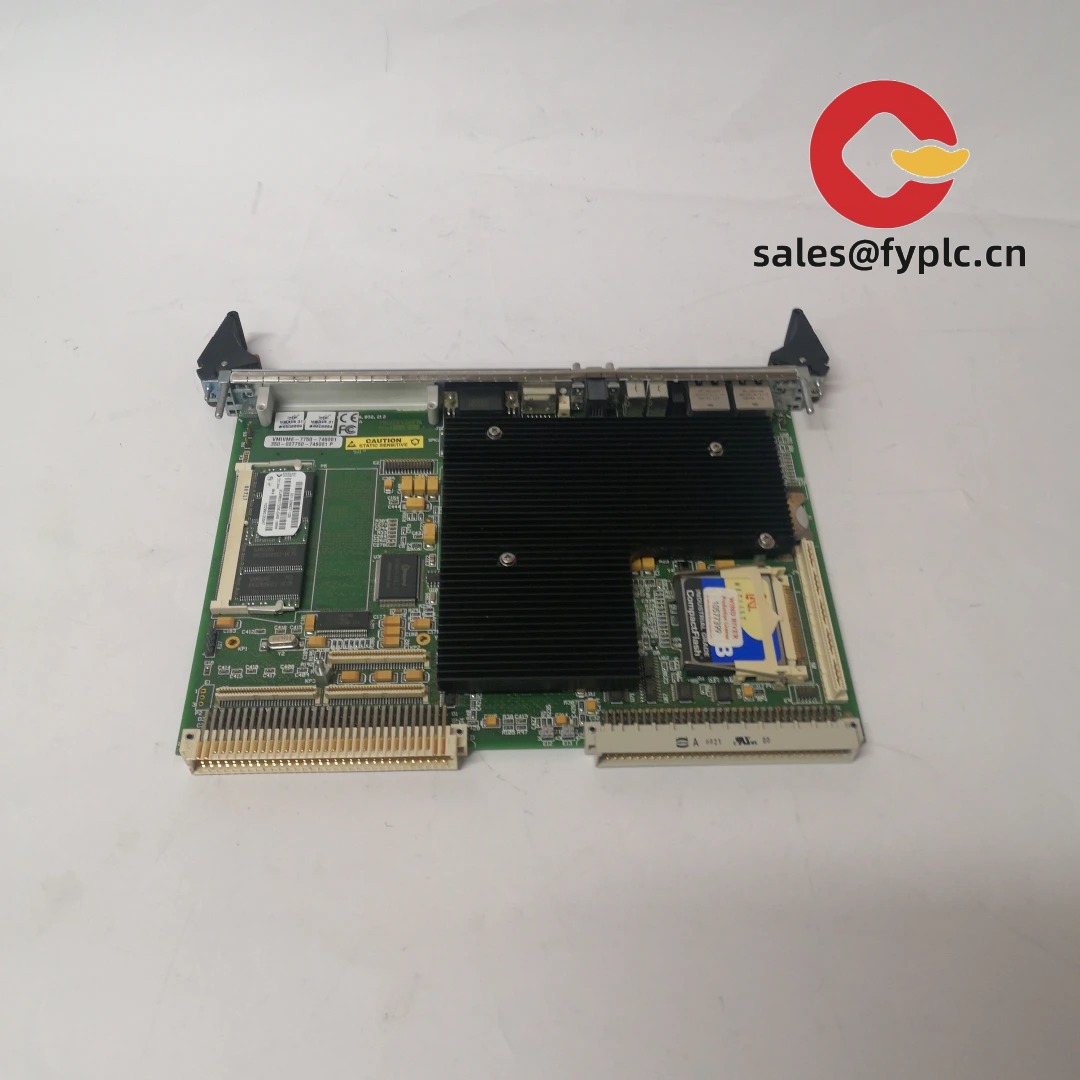
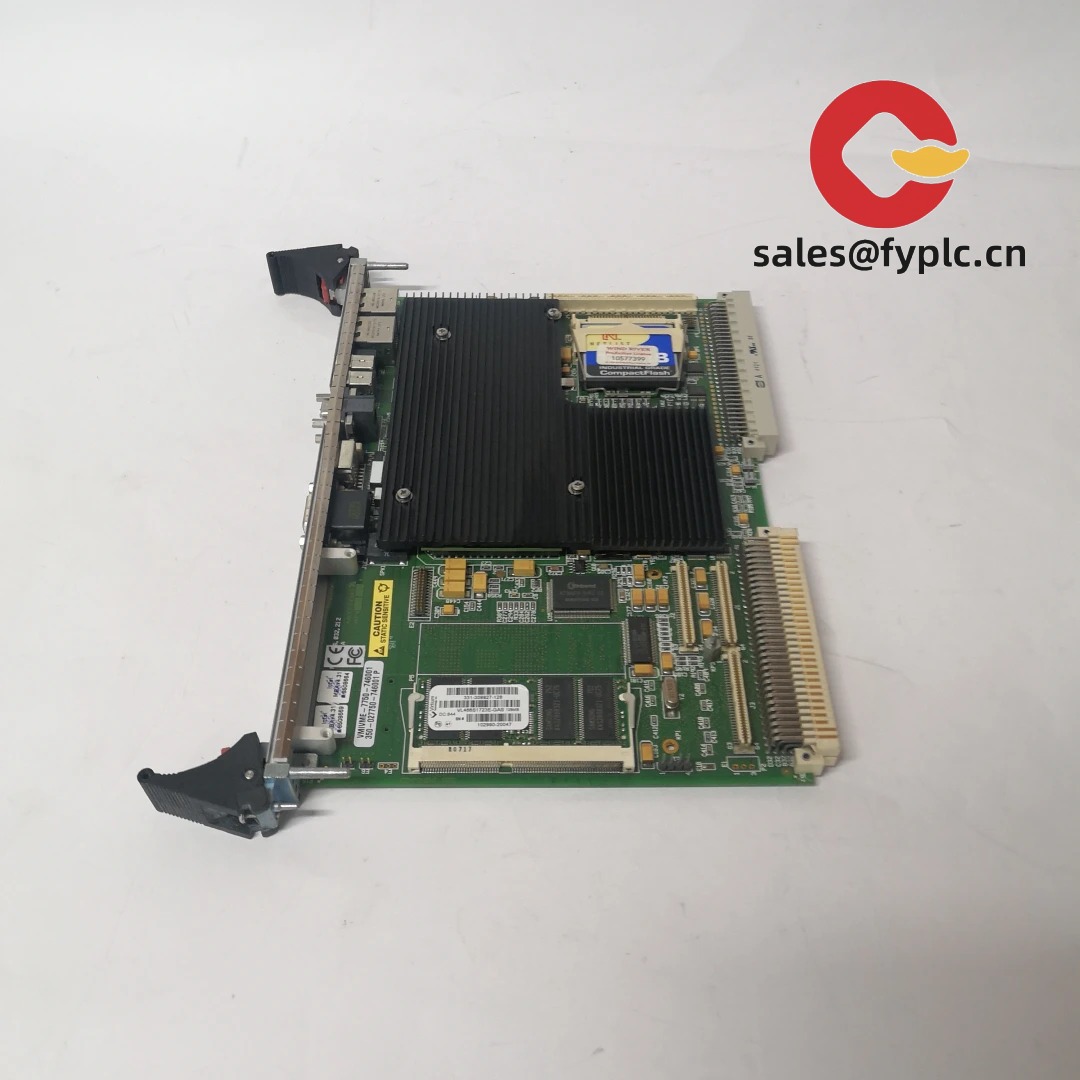
The VMIVME-7750 (build code 746001, P/N 350-027750-746001P) is a proven 6U VMEbus SBC built around an Intel Pentium III-class processor. From my experience, it’s a straight, low-risk path to refresh aging VME controllers without rewriting your application code. You get classic VME64 compatibility, dependable I/O (VGA, serial, Ethernet), and stable OS choices that typically keep legacy toolsets happy.
One thing I appreciate is how this board balances performance and longevity. It’s not chasing bleeding-edge specs; it’s about predictable uptime in machine control, test benches, and plant automation—where “just works” matters more than flashy features.
Our Order Placement Process and Guarantees
- Warranty: 365 days
- Delivery: 1 week if in stock; no more than one month at the latest
- Payment: 50% advance payment; full payment prior to delivery
- Express options: FedEx, UPS, DHL
Key Features
- 6U VME64 SBC, drop-in footprint – Fits standard 6U VME card cages; ideal for like-for-like replacements in existing racks.
- Intel Pentium III-class CPU – Balanced computing for deterministic control tasks; typically 700 MHz–1 GHz by build.
- Robust I/O on board – VGA graphics, dual 10/100 Ethernet, USB 1.1, PS/2, and serial ports to keep legacy peripherals alive.
- Storage flexibility – IDE/EIDE and CompactFlash options simplify OS imaging and field swap-outs.
- PMC expansion – Add-on mezzanine for extra I/O or comms without changing the baseboard.
- Rear I/O readiness – P2 mapping supports RTM access, helping you keep the front area tidy.
- VME64 master/slave with DMA – Reliable A32/D32 transactions and block transfers for high-throughput data moves.
- OS ecosystem many teams still trust – Typically supports VxWorks, Linux, and Windows variants used in industrial plants.
Technical Specifications
| Brand / Model | GE Fanuc / Abaco Systems VMIVME-7750 (Build 746001) – P/N 350-027750-746001P |
| HS Code | 8471.50 (Processing units for automatic data processing machines; typical classification) |
| Power Requirements | +5 VDC via VME backplane; typical board power ~25–35 W depending on CPU/load |
| Dimensions & Weight | 6U VME (233.35 mm × 160 mm); approx. 0.6–0.8 kg |
| Operating Temperature | 0 to +55 °C (air-cooled, typical commercial rating) |
| Signal I/O Types | Analog VGA, RS-232 (and/or RS-422/485 by build), USB 1.1, PS/2 KB/Mouse, IDE/EIDE, CompactFlash |
| Communication Interfaces | VME64 (A32/D32, block transfers, DMA), dual 10/100Base-T Ethernet (typical), serial ports |
| Expansion | PMC mezzanine site for additional I/O or comms (varies by build) |
| Installation Method | 6U air-cooled VME card; front-panel connectors; optional rear I/O via P2/RTM |
Application Fields
The VMIVME-7750 fits best where stability and protocol continuity matter:
- Machine automation and motion controllers in packaging, metals, and materials handling
- Semiconductor manufacturing tools and test equipment
- Power generation and process control DCS/SCADA nodes
- Aerospace/defense legacy VME test stands and telemetry gateways
- Lab instrumentation and high-speed data acquisition front ends
Advantages & Value
- Low-risk replacement – In many cases it’s a plug-in refresh for aging VME CPUs, reducing revalidation time.
- Legacy I/O kept intact – VGA, serial, and IDE/CF make OS images and peripheral chains easier to preserve.
- Lifecycle savings – Fewer software changes, less downtime, and standard spares translate to lower TCO.
- Strong ecosystem – Broad OS support and established toolchains; parts and accessories are still serviceable in most plants.
- Technical backstopping – We help with compatibility checks (backplane, RTM pinouts, OS image), which typically speeds commissioning.
Installation & Maintenance
- Cabinet/Backplane – 6U VME chassis with clean, regulated +5 VDC. Maintain front-to-back airflow; target ≥200 LFM across the card.
- Wiring & I/O – Use shielded cables for serial and VGA runs. For rear I/O, match the RTM pinout for the 746001 build to avoid cross-wiring.
- Safety – Observe ESD practices. Power down and discharge the backplane before insertion/removal.
- Firmware/OS – Keep a known-good CompactFlash or IDE image. BIOS settings (boot order, watchdog, serial console) should be documented per machine.
- Routine care – Quarterly dust removal and fan/filter checks; verify heatsink retention. Replace RTC/CMOS battery proactively (typically CR2032) every 3–5 years.
- Calibration – Not required for the CPU itself, but it’s smart to periodically validate serial comms latency and network timing in deterministic systems.
You might notice that systems that run hot tend to drift faster. A small improvement in airflow often stabilizes the platform more than a software tweak.
Common Supporting Components We Supply
- Rear Transition Module (RTM) for VMIVME-7750 – Breaks out P2 rear I/O to standard connectors for cleaner wiring.
- PMC expansion cards – Add serial (RS-232/422/485), extra Ethernet, or fieldbus interfaces without changing the baseboard.
- Industrial CompactFlash media – SLC-grade 1–8 GB options pre-imaged to your OS build to speed field swaps.
- VME64x backplanes and card cages – For capacity upgrades or replacement of worn chassis components.
Quick customer note: a packaging client swapped to an RTM-based rear I/O layout and cut their mean time to service by half—just fewer cables at the front panel. Seems minor, but on a line changeover it saved them real time.
Quality & Certifications
- CE compliant; designed for industrial EMC environments
- UL/CSA safety compliance (typical for this family)
- RoHS status may vary by build/date code; confirm if your site requires it
- Manufacturer quality system: ISO 9001 (Abaco/GE Fanuc lineage)
- Warranty: 365 days
Need a quick compatibility check? Share your backplane type, RTM (if any), OS image details, and the existing CPU card model. We’ll map the VMIVME-7750-746001 against your stack and flag any pinout or BIOS nuances before shipment.

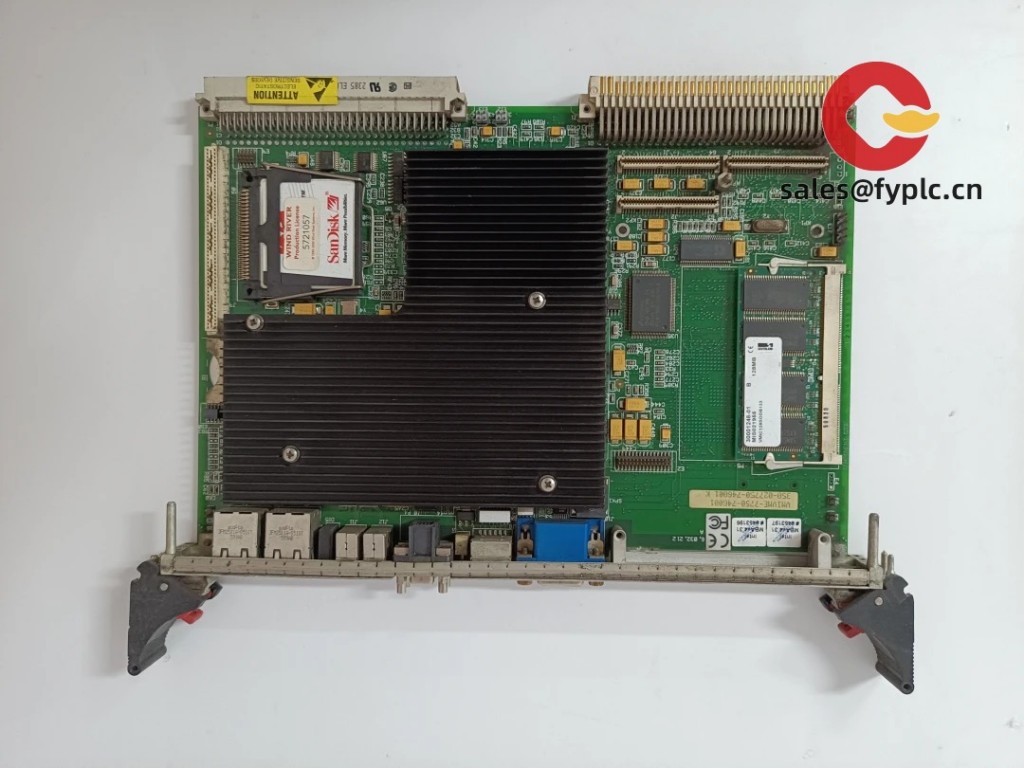
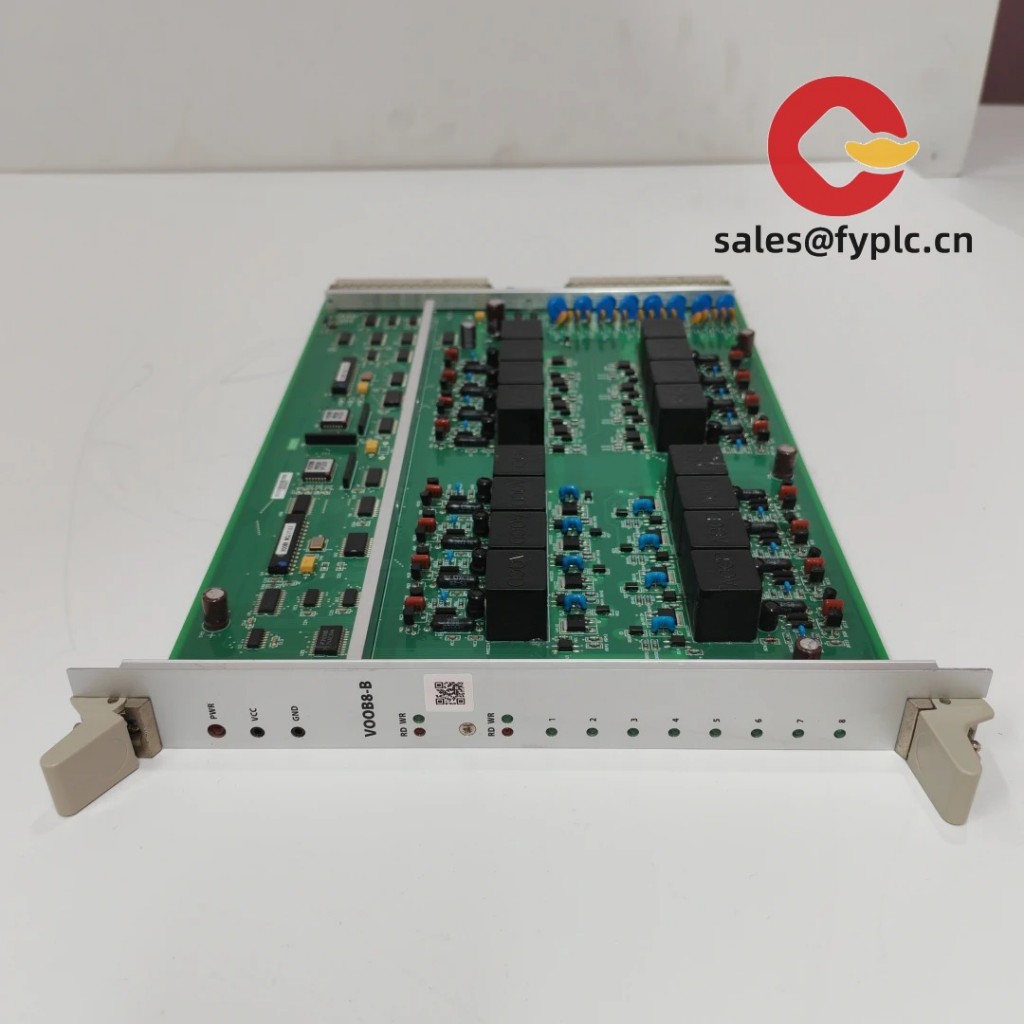
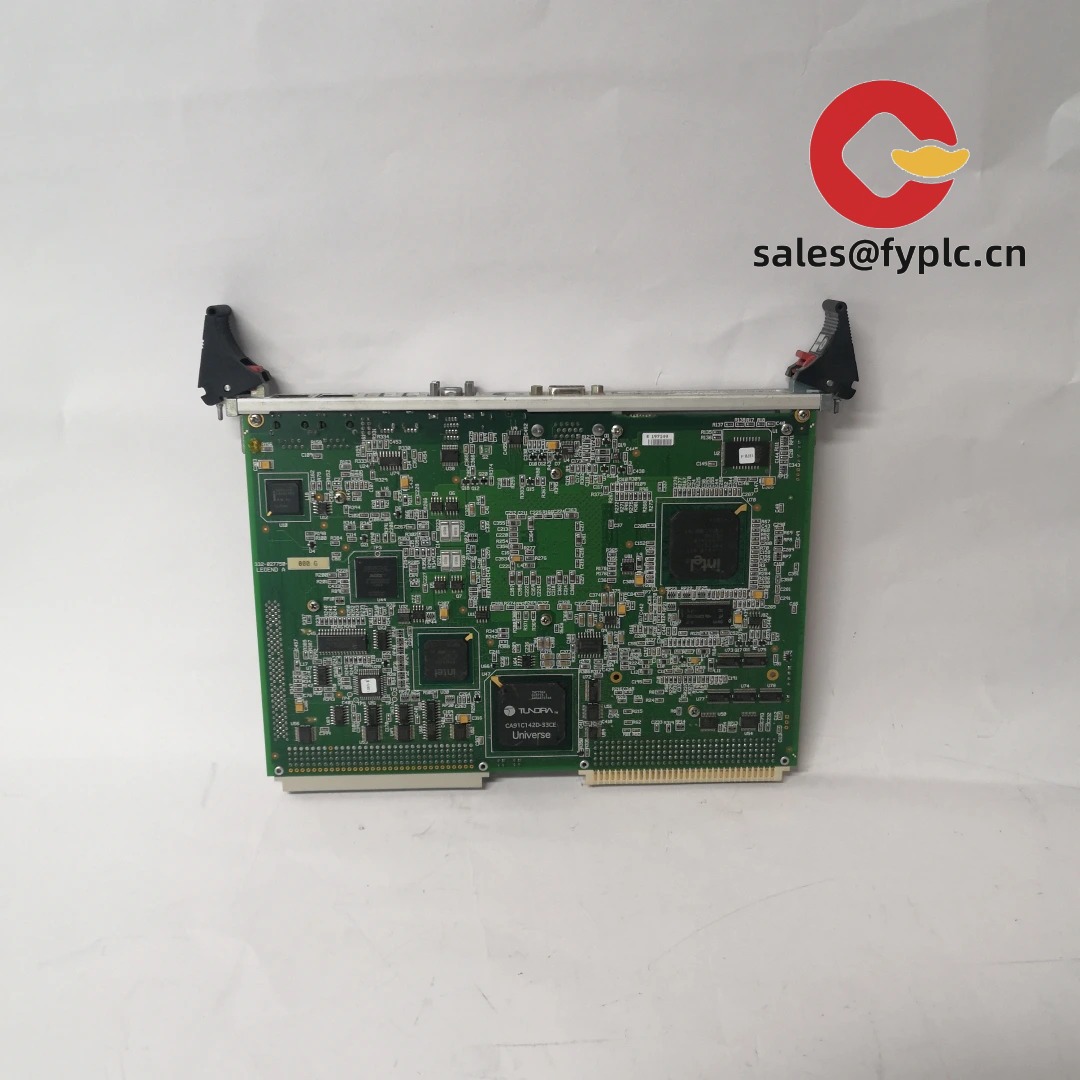
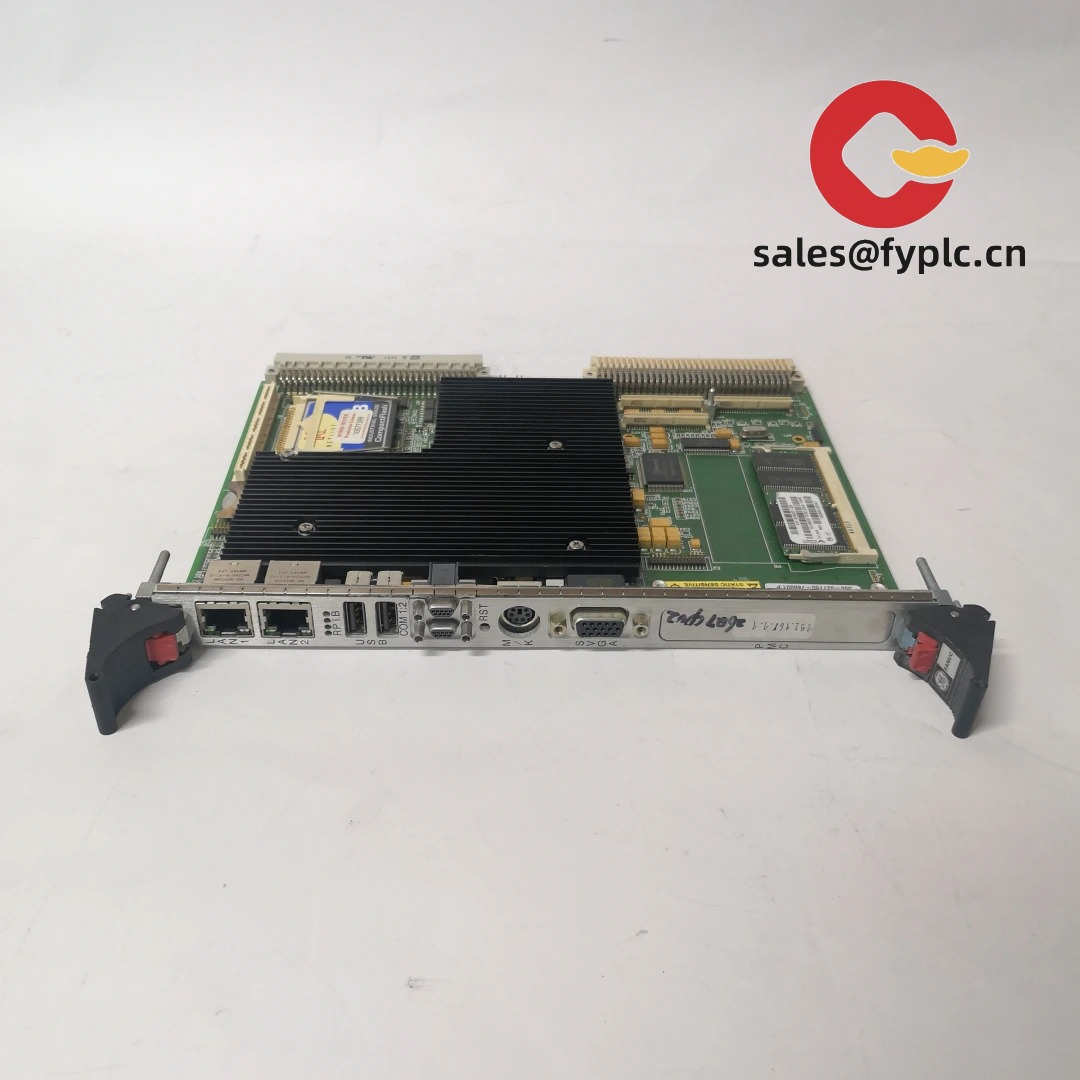

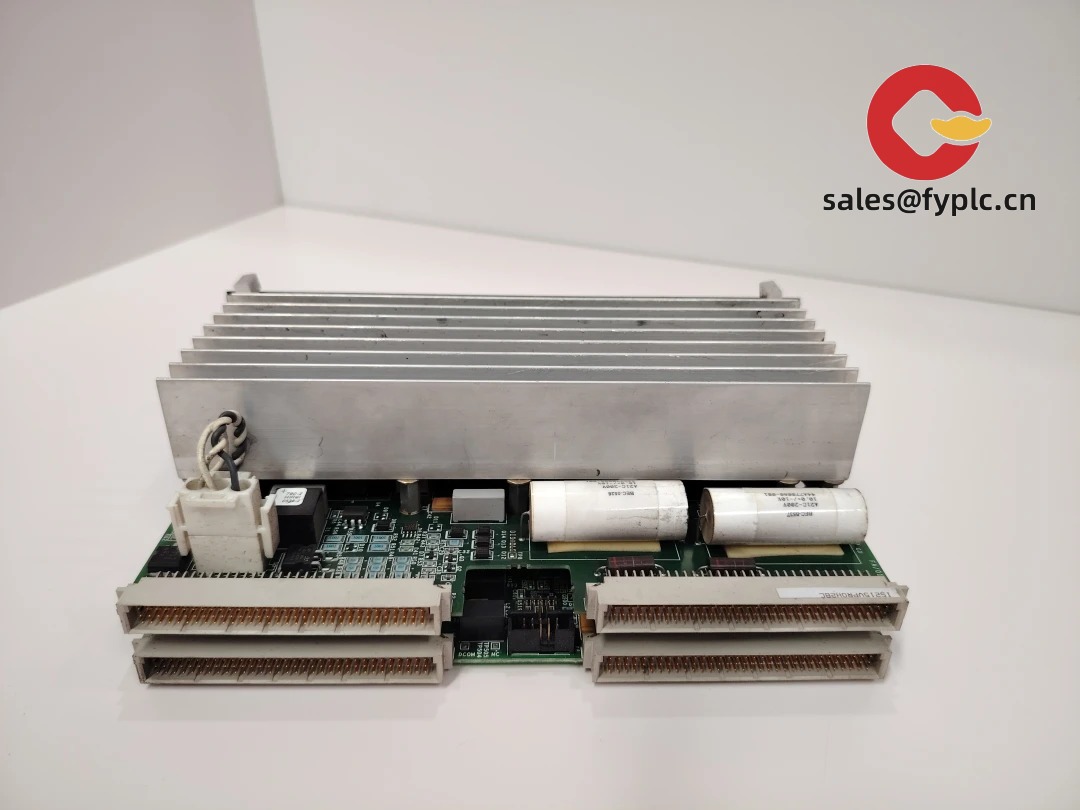
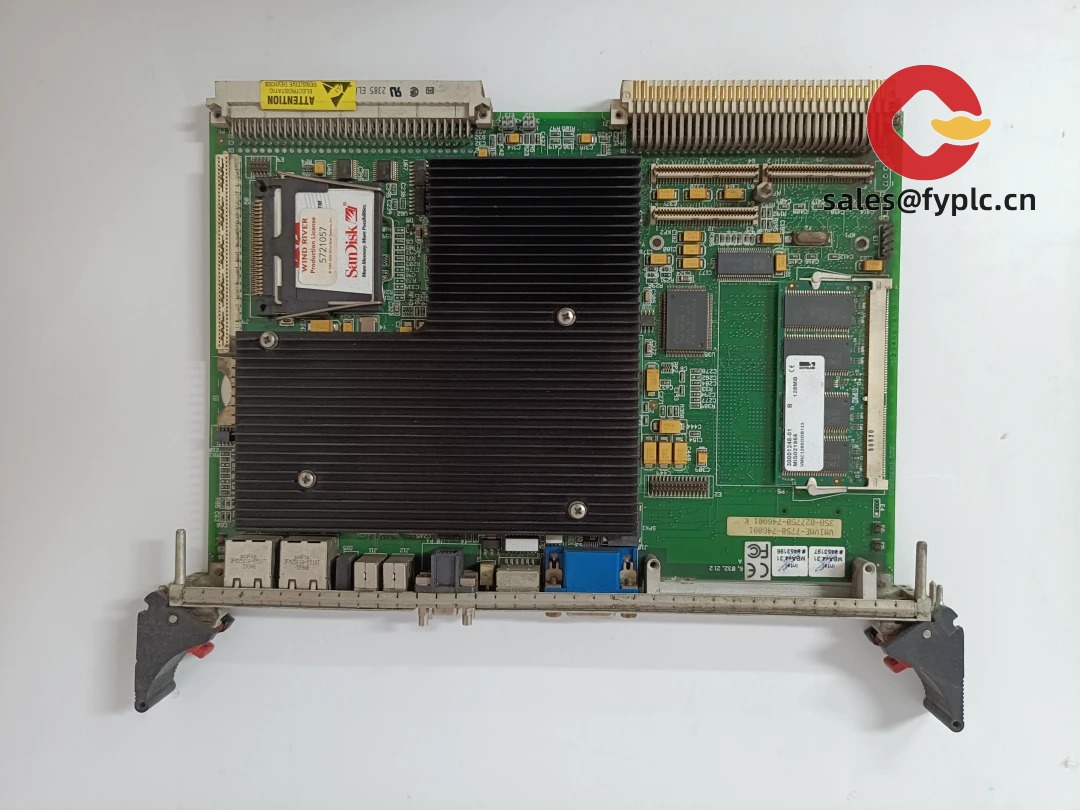


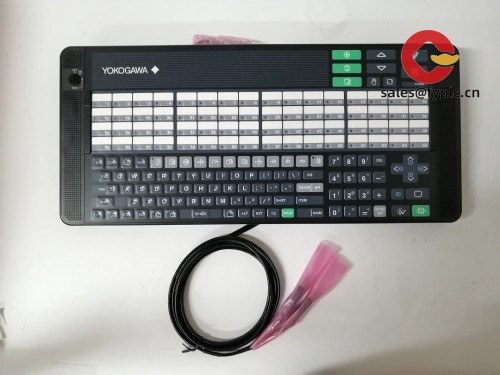


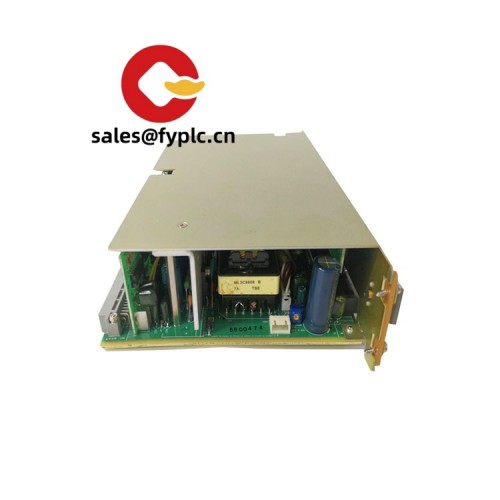


Reviews
There are no reviews yet.